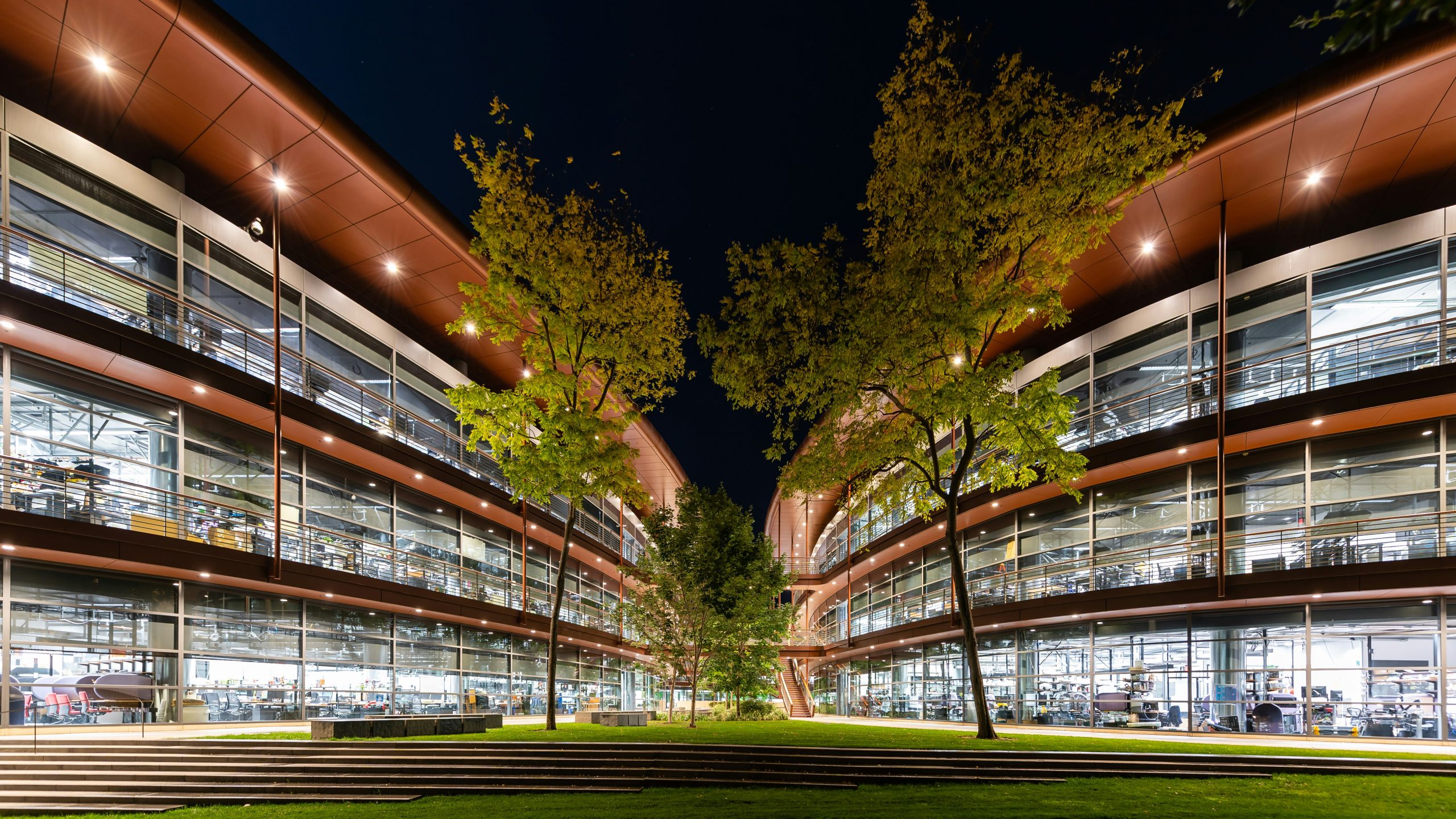The following is an excerpt adapted from Defying Displacement: Urban Recomposition and Social War (IAS/AK Press, 2024).
Universities as gentrifiers
“These super-men and world-mastering demi-gods listened, however, to no low tongues of ours, even when we pointed silently to their feet of clay.” —W.E.B. Du Bois
The workers and capitalists who profit most from the gentrification economy are often blessed by familial wealth and almost always with advanced degrees. College-educated workers received a full 97% of “good jobs” created after the Great Recession as the labor market polarized between low-paying jobs and those requiring post-secondary education. If it is highly-educated workers who are the crux of production in the wealthy imperial core, and if achieving such jobs is necessary for workers to achieve not only luxury but a minimally dignified life, it is no wonder that the gentrification economy increases the power and influence of organizations such as the Silicon Valley’s largest landowner: not Apple, Amazon, or Google, but Stanford University.
James H. Clark Center at Stanford University. Photo by Zetong Li at Unsplash.
Not only Silicon Valley’s largest owner of both commercial land and single-family homes, Stanford University controls a domain including a research park, a shopping mall, a hospital, and professor housing. 61% of the university’s 8,180 acres are undeveloped entirely, a green oasis of wealth amid a housing crisis.
“People think of Stanford as a university with a football team and two basketball teams, I guess,” explains Lenny Seigal, former mayor of neighboring Mountain View. “But it’s a corporation with enormous land ownership, and it functions in its relationship to the surrounding communities as a corporation.”
And an enormously successful corporation, at that. With a $37.8 billion endowment in 2021, the university has invested billions in income-generating properties. Though it received its land holdings from its founder, robber baron Leland Stanford, the university reaps enormous wealth from a long enmeshment with the tech industry. The relationship dates back to 1937, when two Stanford students founded Hewlett-Packard. Millionaire faculty members invest in students’ startups. Venture capitalists teach classes. When graduates—whose median family income is $167,500 to begin with—donate the proceeds of high-paying tech jobs to their alma mater, the endowment grows.
But alumni generosity isn’t the only benefit Stanford gets from the industry. The Office of Technology Licensing asserts ownership rights over technology developed at Stanford. Companies like Google, Yahoo, Netflix, VMWare, and Sun Microsystems were all started by Stanford affiliates or using Stanford technology. Cisco’s first router was based on the Stanford University computer network. The Office of Technology Licensing received $336 million when it


